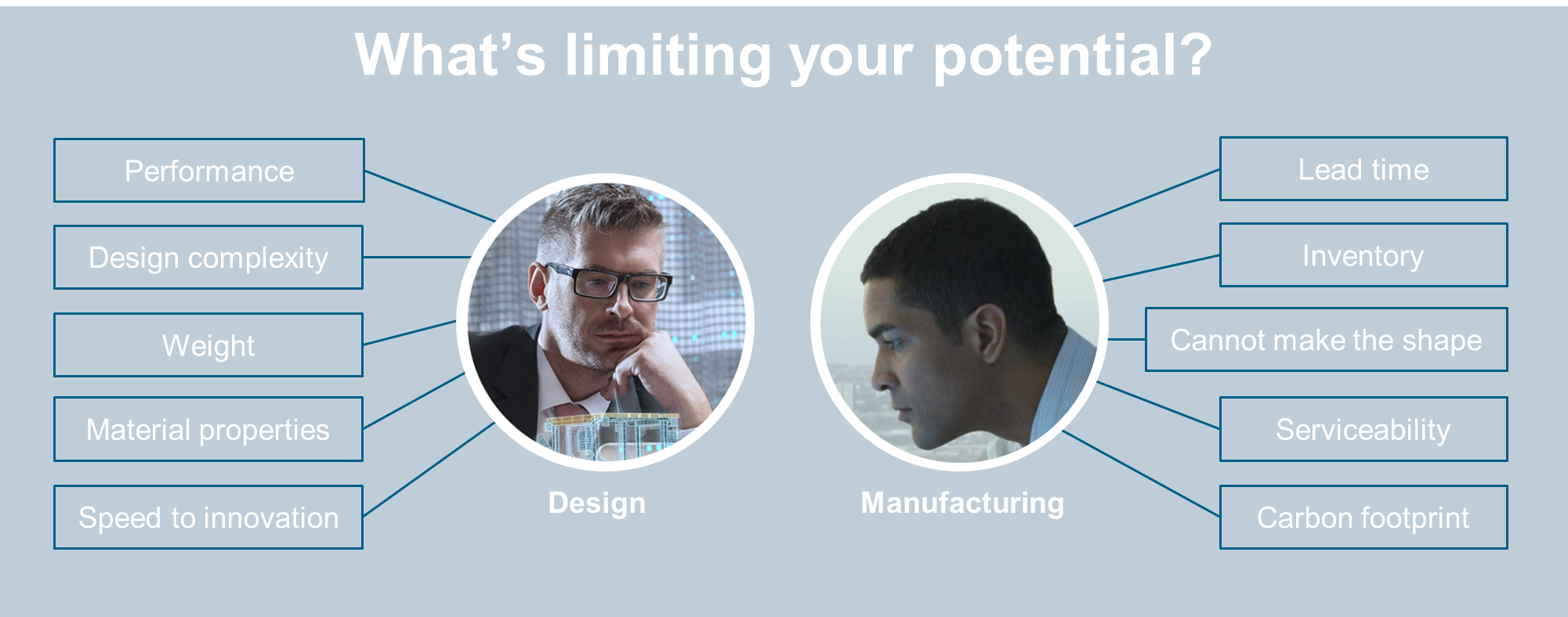Blog

Industrialization of 3D printing - a way to overcome today's production limits?
18/06/2020
Today, almost all product manufacturers face the same production restrictions that prevent their products from improving:• Impossibility of producing complex geometries
• Inability to reduce the weight of the product
• Impossibility to further speed up the design process
• Impossibility to improve material properties
![[album/Products_Model_Product/55/chatPNG(1).png]](https://www.techsim.cz/content/images/album/Products_Model_Product/55/chatPNG(1).png)
Additive manufacturing seems to be a possible tool to solve these problems. The use of 3D printing can already be observed in the aerospace industry (weight reduction and component strength increase), in the industrial machinery (casting replacement) or in biomedicine (implants made exactly to measure the patient). 3D printing enables the production of completely new geometries, the production of which was previously completely impossible.
.png)
But what is the best way to reach the geometry that will be optimal for our use?
An easy way to create such a structure is to use topological optimization, which is growing in importance with the use of 3D printing, which will allow the production of previously difficult (or not at all) manufacturable components. Topological optimization can also be performed on the basis of complex loading conditions (static loading, dynamic loading, buckling,…). A typical example is, for example, maximizing stiffness while keeping the weight of the product within given limits and keeping the first natural frequency above a certain limit.
![[album/Products_Model_Product/55/chatPNG(3).png]](https://www.techsim.cz/content/images/album/Products_Model_Product/55/chatPNG(3).png)
So what is topological optimization and why is it advantageous to use it for additive production?
• A numerical method that tries to optimize the distribution of material in a given design space for a given load and boundary conditions.
• Allows you to create completely new design concepts because the result is shapes that previously could not be considered for design.
• In past, it was strongly dependent on the discretization of the model (it was necessary to work with FE (finite element) elements) and therefore it was not possible to work with detailed geometries.
• Today, topological optimization methods can work with parasolid geometry (NX core) - the connection of precise geometry (NURBS and analytical geometry) with the surface network (mesh / planar facetted models). This is called Convergent ModelingTM.
• The advantage of using NX and Simcenter 3D is that you don't need to export the geometry to STL format, but it can be sent directly to print for most commercial 3D printers.
You can read more information about topological optimization in NX in the EN article here, or in the presentation here.
.png)

.png)
.png)
.png)